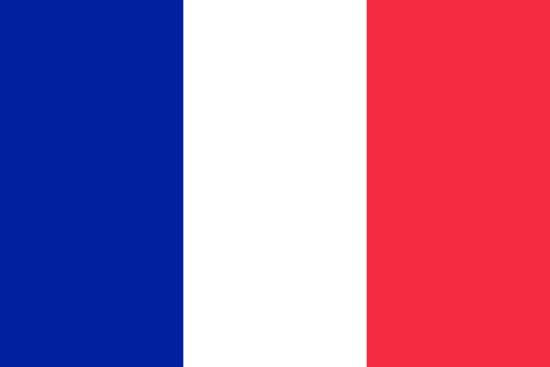"Fontainebleau, le vrai château des rois, la vraie demeure des siècles | Fontainebleau, the true castle of kings, the true dwelling of centuries"
About:
Fontainebleau, a commune in France, is known for its historical Château de Fontainebleau. The town was likely founded in the 6th century and the palace was a royal residence from Louis VII to Napoleon III. It saw significant development in the 12th century under Louis IX. The château was a hub of the Renaissance and Classical arts, hosting artists like Rosso Fiorentino. Today, Fontainebleau is a thriving town and tourist destination, housing the prestigious INSEAD business school and a national forest.
When to visit:
Fontainebleau, a historic town in France, is a delightful destination to visit year-round. However, the most popular time to visit is during the spring and summer months, from April to September, when the weather is mild and perfect for exploring the town's outdoor attractions. The town comes alive during this time with various cultural events, festivals, and outdoor activities for visitors to enjoy. If you prefer fewer crowds and lower accommodation prices, consider visiting in the shoulder seasons of autumn or winter.
When to avoid:
The worst time to travel to Fontainebleau on a holiday would typically be during the peak summer months of July and August. During this time, the town experiences its highest influx of tourists, leading to crowded attractions, long queues, and higher prices for accommodations. Additionally, the summer heat can be intense, making outdoor activities less enjoyable. To avoid the crowds and high prices, it is recommended to visit Fontainebleau during the shoulder seasons of spring or fall when the weather is milder and the town is less crowded.
Winter Season (Dec-Feb)
Winter in Fontainebleau, France, is the coldest part of the year, with temperatures averaging between 1°C and 6°C. Rainfall is relatively high, averaging 50mm per month, and the days are shorter with only about 2-3 hours of sunlight. The sky is often overcast, leading to a grey and chilly atmosphere. An average day for a visitor might involve bundling up for a brisk walk through the historic town, or exploring the château and its grounds under a light drizzle. Despite the cold weather, the indoor attractions, like the château's grand interiors, remain inviting and warm.
Summer (June-August)
In Fontainebleau, France, the warmest part of the year typically falls between June and August. During this period, the average high temperature ranges from 23°C (73°F) to 26°C (79°F), while the average low temperature varies between 13°C (55°F) and 15°C (59°F).
Rainfall is relatively moderate during these months, with an average monthly precipitation of about 50-60mm. However, rain showers can be unpredictable, so it's advisable to carry an umbrella or raincoat.
Sunlight is abundant, with July being the sunniest month. You can expect an average of 8 to 9 hours of sunshine per day, providing plenty of daylight for outdoor activities.
Humidity levels are generally comfortable, averaging around 60-70%. However, it can sometimes feel slightly muggy due to occasional rainfall.
As for cloudiness, summer in Fontainebleau sees a mix of clear, partly cloudy, and overcast days. Generally, the sky is clearer towards the end of the season.
A typical day for a visitor during this period would start with a mild morning, gradually warming up to a pleasantly warm afternoon. There may be periodic showers, but they usually don't last long. The long daylight hours provide ample time for sightseeing and exploring the beautiful château and forest of Fontainebleau. The evenings are cool and comfortable, perfect for a leisurely stroll or outdoor dining.
Language:
In Fontainebleau, France, French is the primary language spoken by the majority of the population. However, due to the presence of the international business school INSEAD, a significant number of residents and students also speak English. Other languages such as Spanish, Italian, and German may also be heard, reflecting the city's diverse international community.




